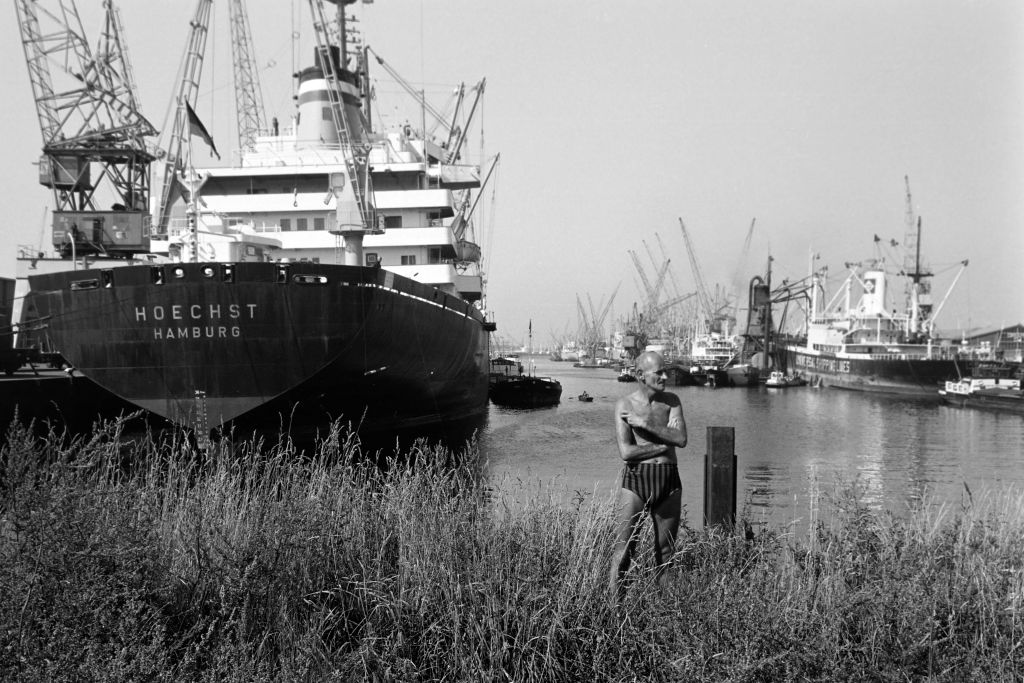In Rome’s heart, where ancient and Papal pasts mix with modernity, lies a discovery—testifying to ancient history’s allure and urban development’s march.
In the middle of the street bustle and commerce of Via delle Botteghe Oscure, a fragment of antiquity emerges—known as the Porticus Minucia.
On the grounds of Campo Marzio, where the ancients once gathered for their grain, the Porticus Minucia stood as grand testament to Roman ingenuity and civic life.
Now this ancient building re-emerges with the construction of five-star hotel.
“Bread and circus games,” wrote Juvenal, encapsulating the essence of Roman society.
The Porticus Minucia served as the stage for frumentationes—free distributions of grain—a vital lifeline for the Roman populace.
The unveiling of the Porticus Minucia marks a triumphant collaboration between public and private entities—and archaeology and urban development.
Through meticulous excavation and innovative multimedia, ancient Rome springs back to life.
“For the first time, we see not only the Porticus Minucia in elevation, with its floor in travertine flakes, but also the marble decorations that adorned its walls,” says Marta Baumgartner, archaeologist of the Superintendence.
The discovery of the Porticus Minucia sheds new light on what urban life looked like in ancient Rome.
The intricate reconstruction of ancient walls and polychrome marbles offers a tantalising glimpse into the architectural marvels of antiquity—a testament to Rome’s enduring allure and historical resonance.
“Rome never stops growing on itself,” observes Baumgartner, emphasising how past and present work together to defines ‘the Eternal City.’
Meanwhile, in the shadow of the Palatine Hill, where ancient echoes whisper through time, lies a testament to imperial grandeur—a dwelling fit for gods and emperors alike.
Directed by Paolo Carafa, archaeologists from Sapienza University of Rome unveiled the secrets of Emperor Augustus’ villa-sanctuary, a place where power and myth converged in the heart of ancient Rome.
“A grand facade with arches, five stories high, atop which was a terrace over 100 meters wide,” says Carafa, painting a vivid picture of the opulence that once graced the Palatine slopes.
The terrace, from where “the world was governed,” stood as a symbol of Augustus’ authority and vision—a testament to the enduring legacy of Rome’s first emperor.
As Carafa reflects on Augustus’ political acumen and ambition, he illuminates the complexities of Roman governance and the strategic vision that shaped the destiny of an empire.
In the annals of history, Augustus emerges as a towering figure— the man who brought an end to the civil wars that followed his uncle Julius Caesar’s death. He also managed Rome’s transition from a Republic to an Empire.
”Augustus was a very effective politician,” remarks Carafa, “a man of great intelligence and, at the same time, of great cynicism and ruthlessness.”





